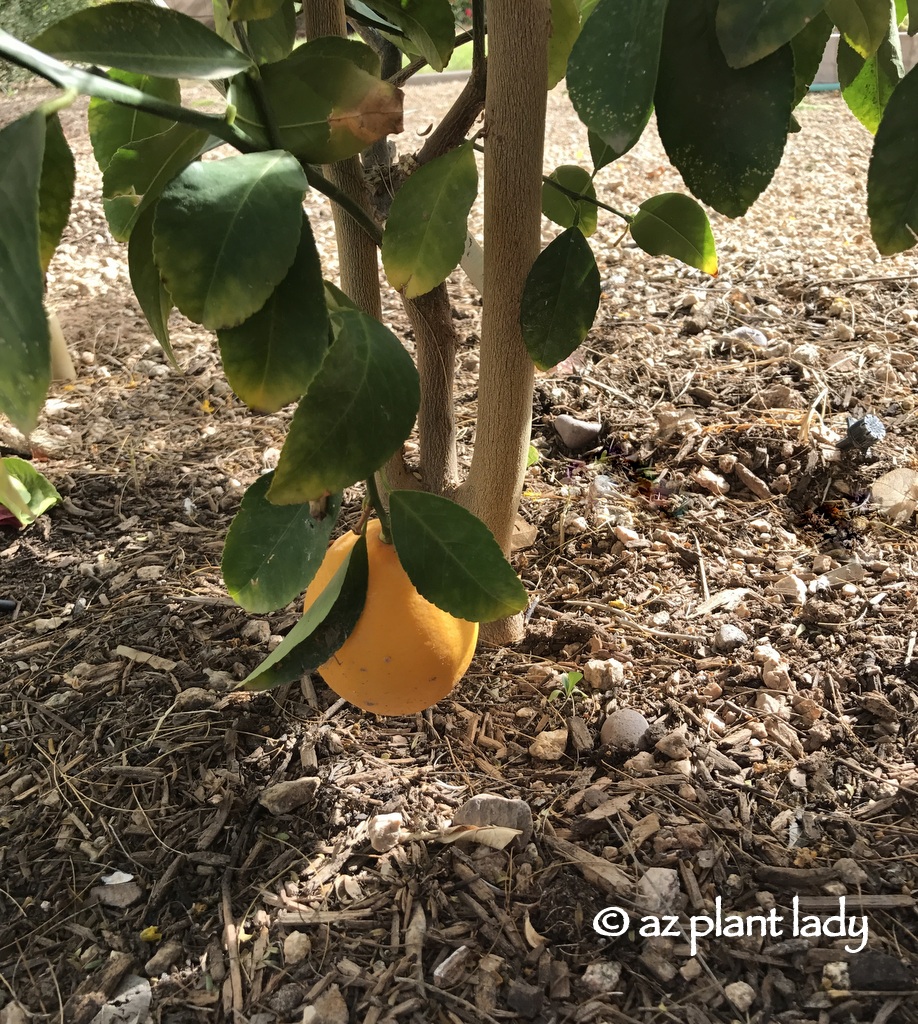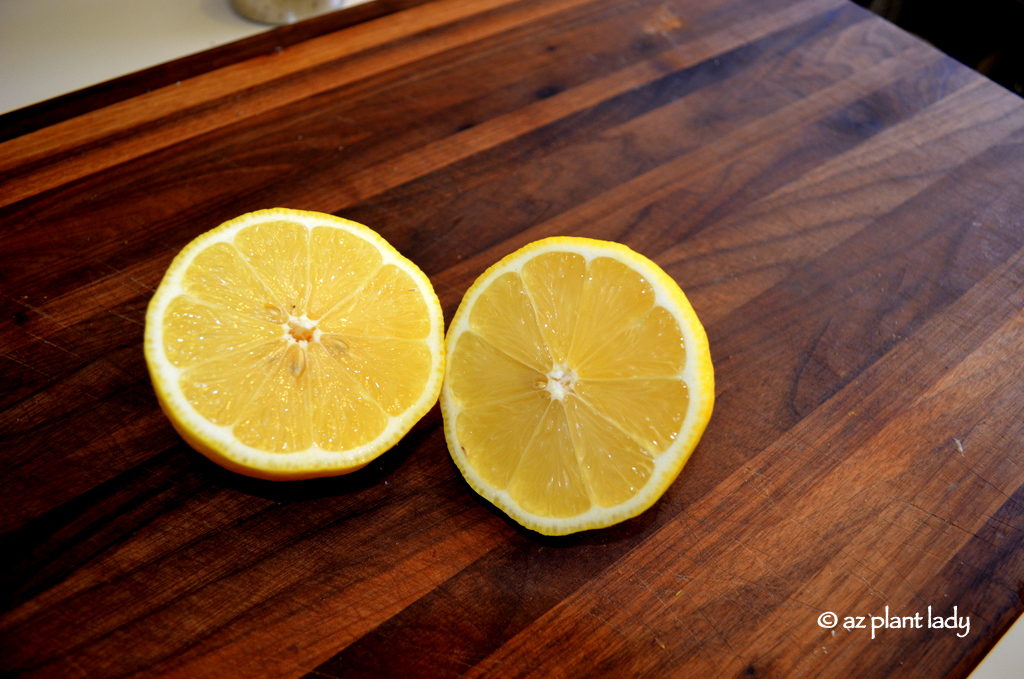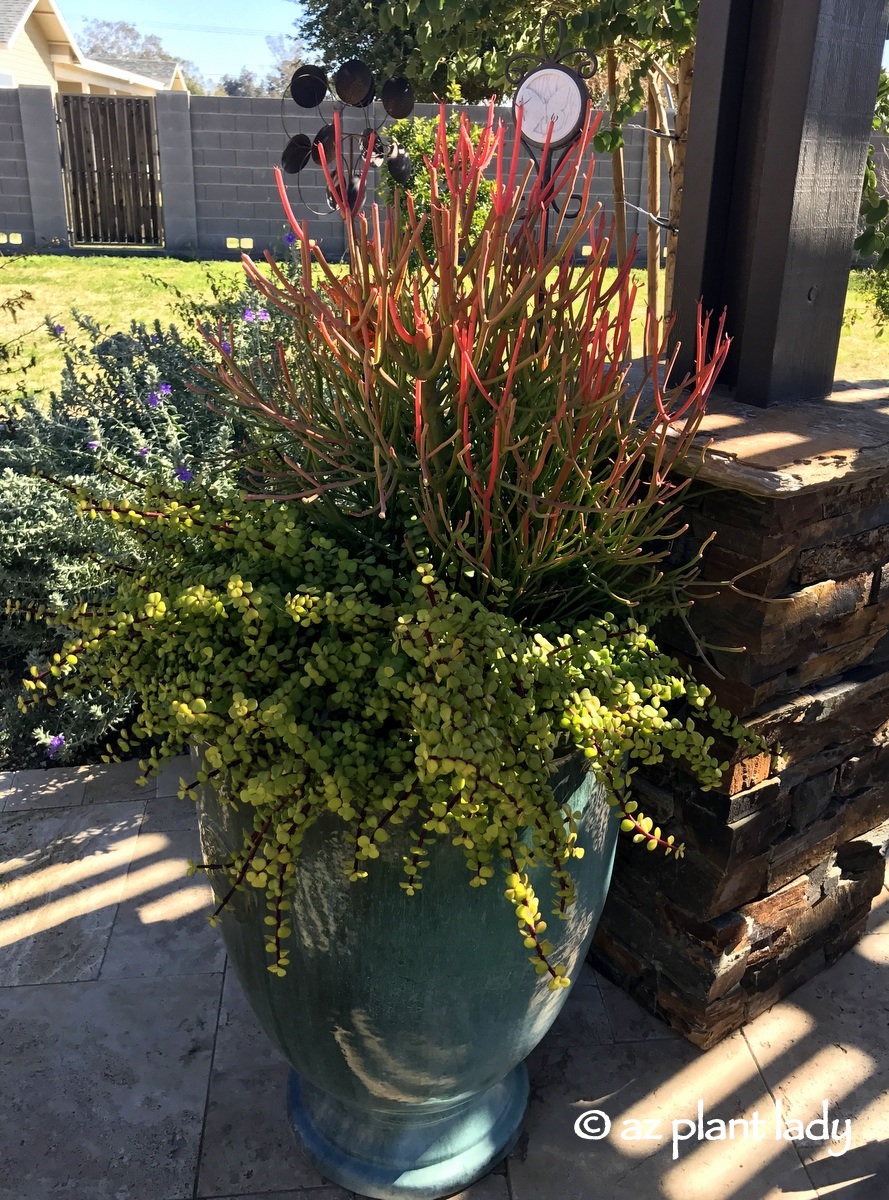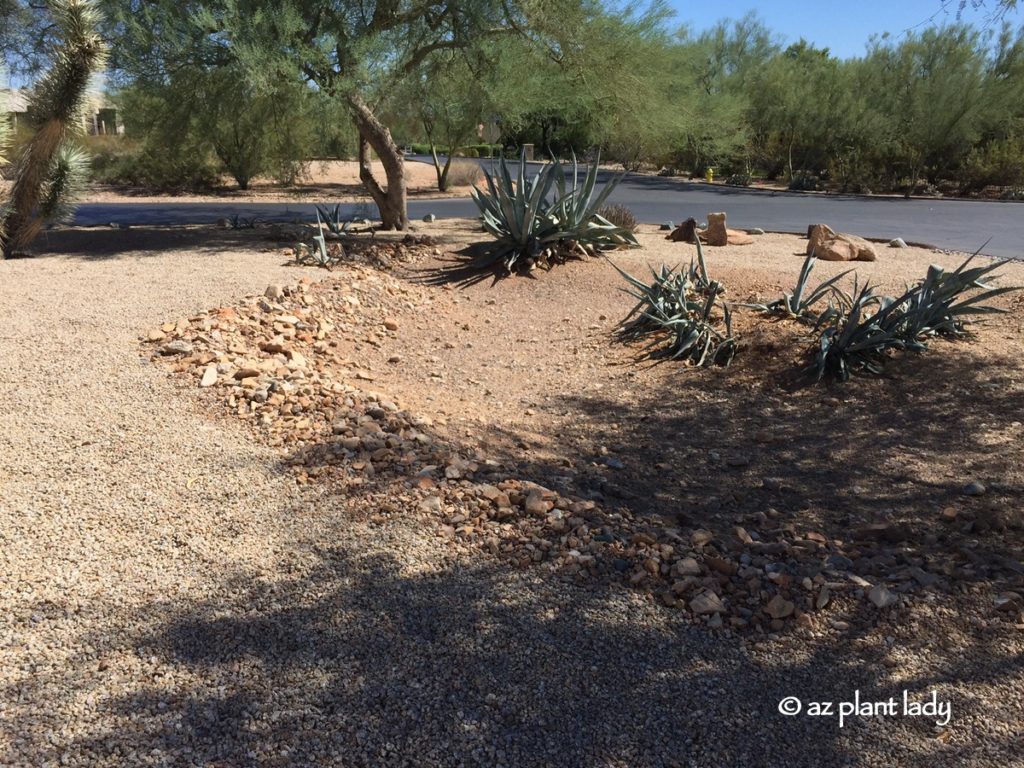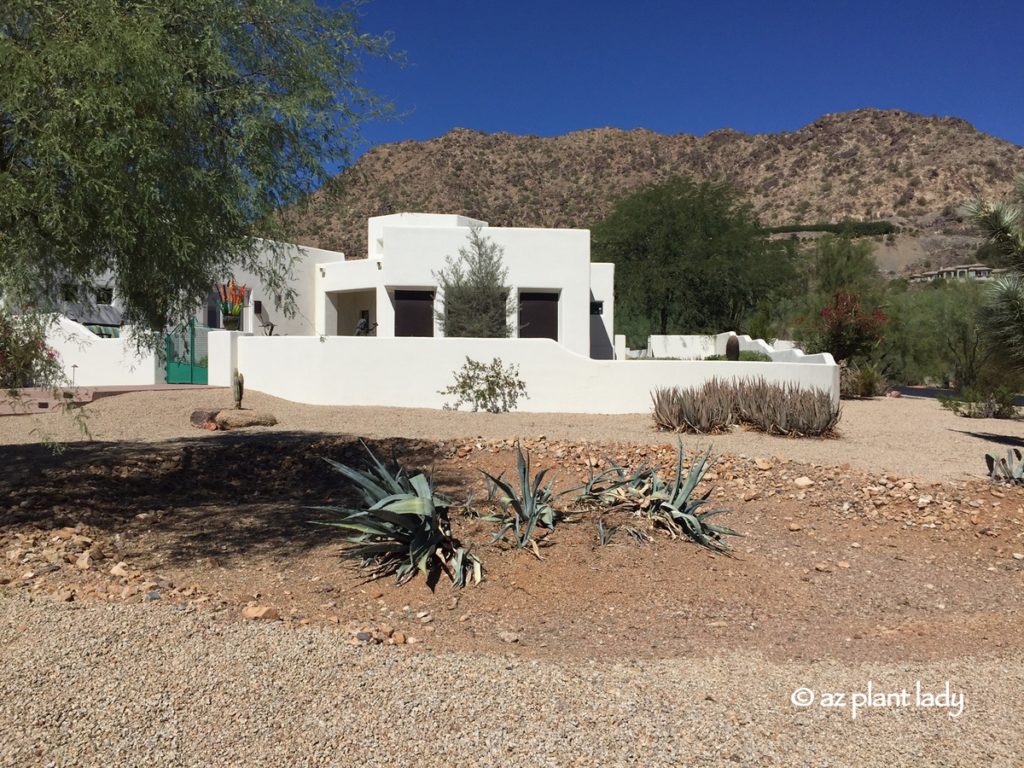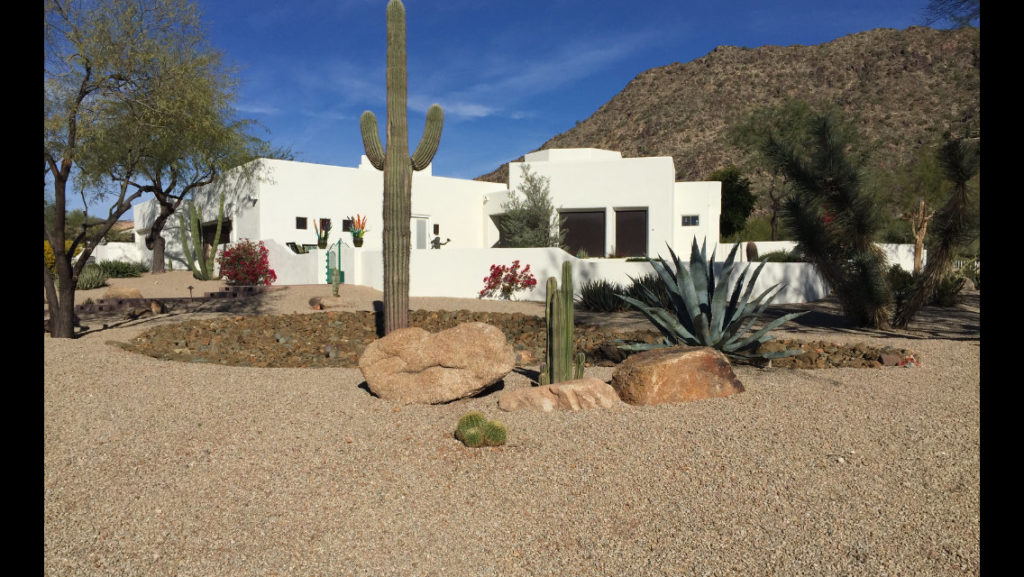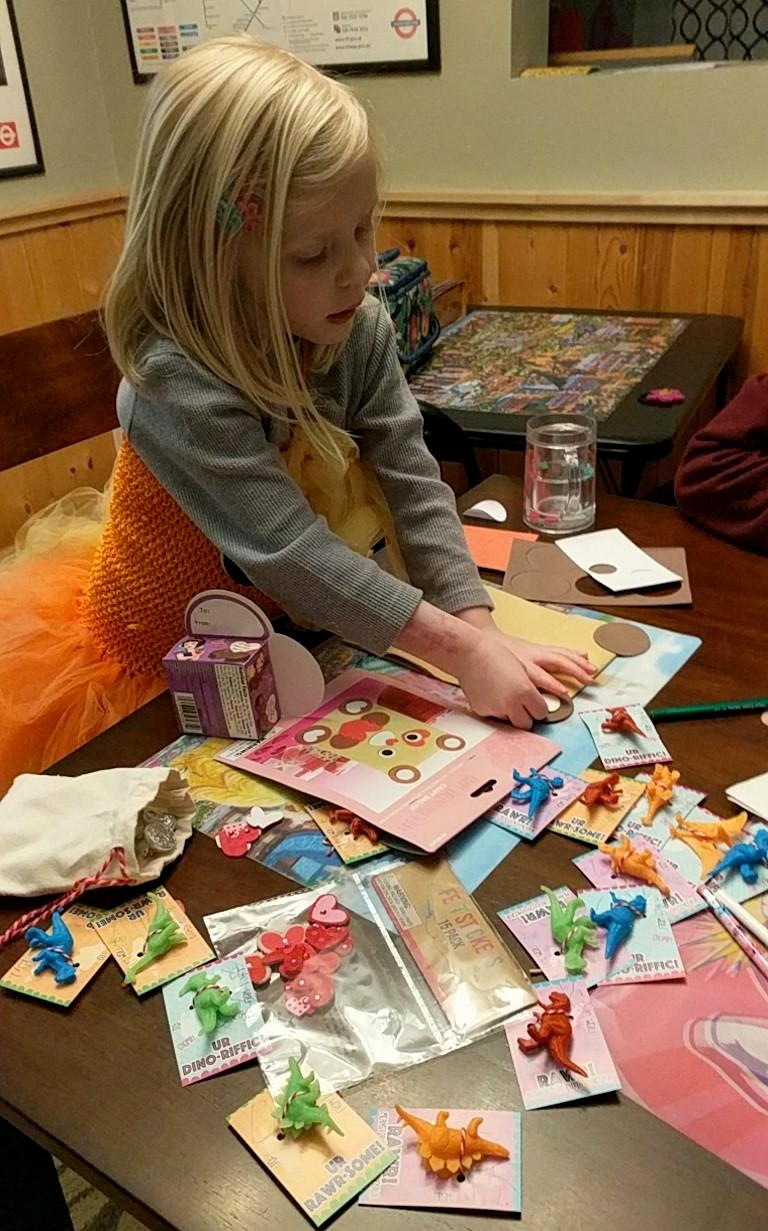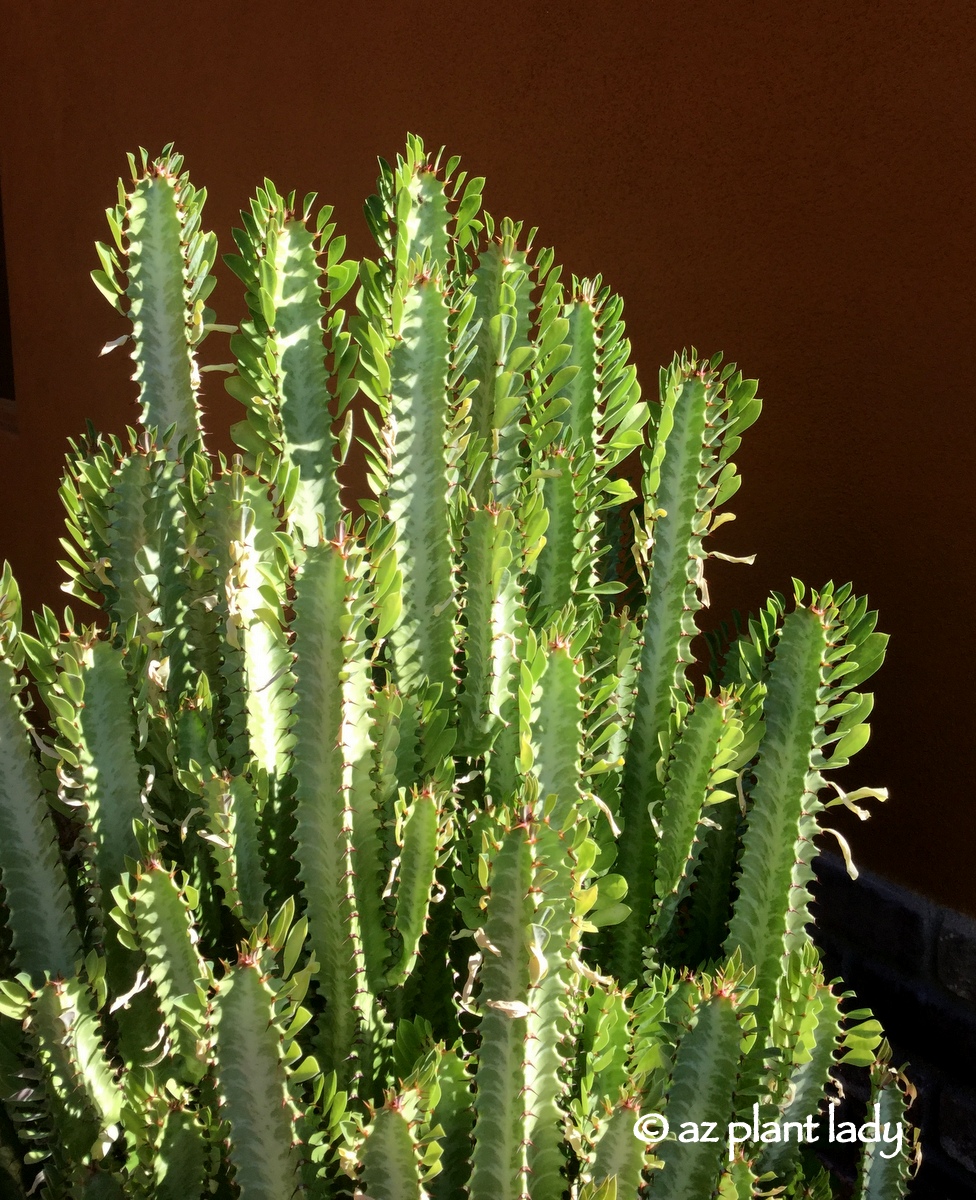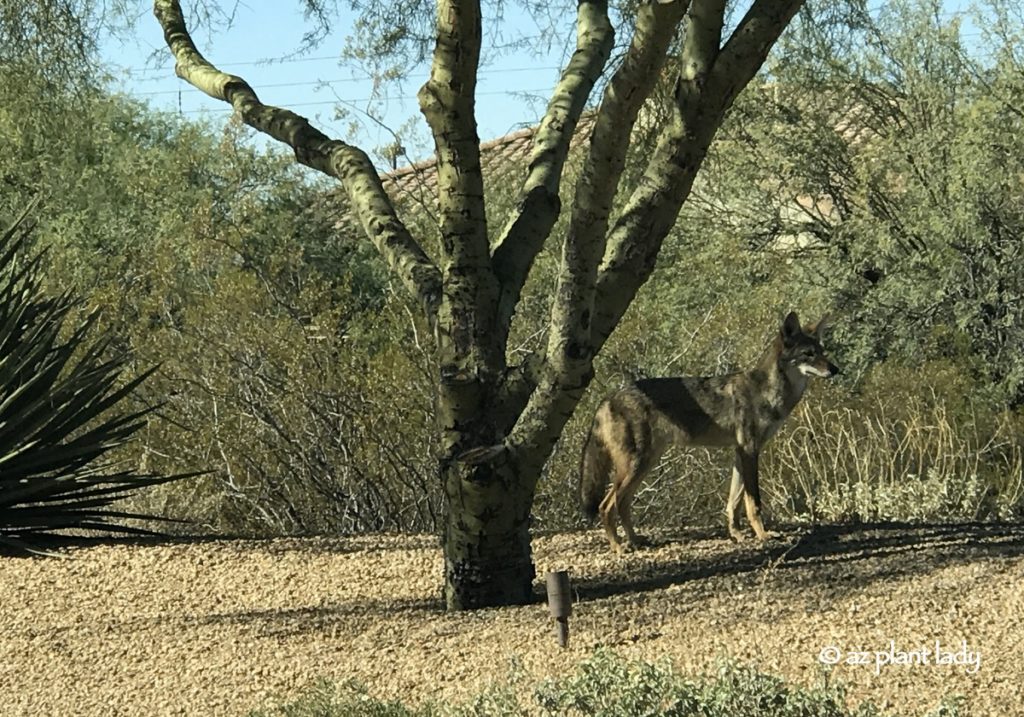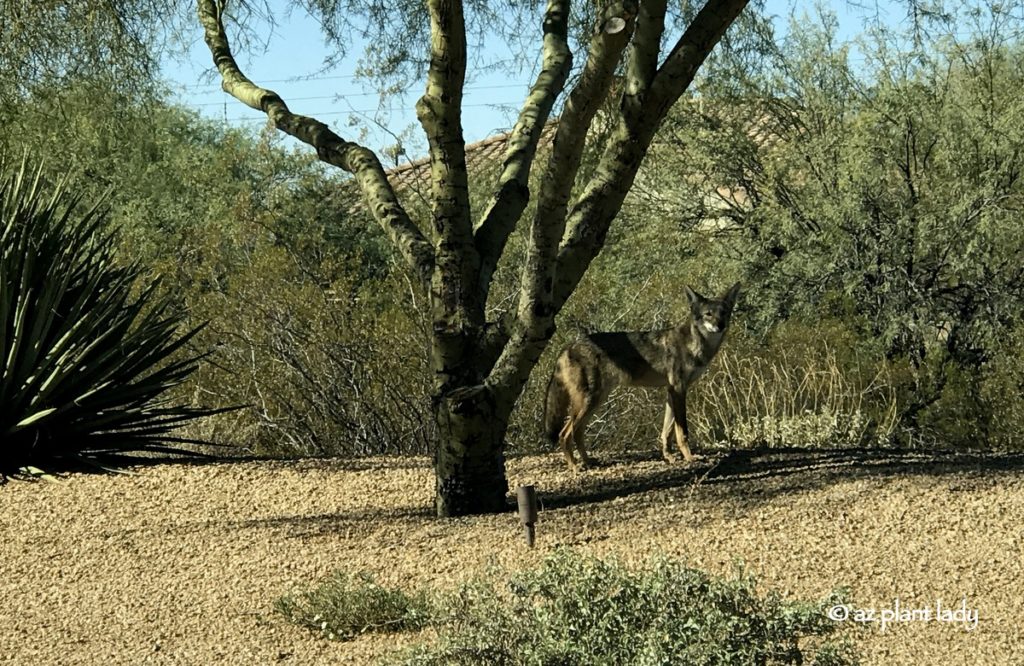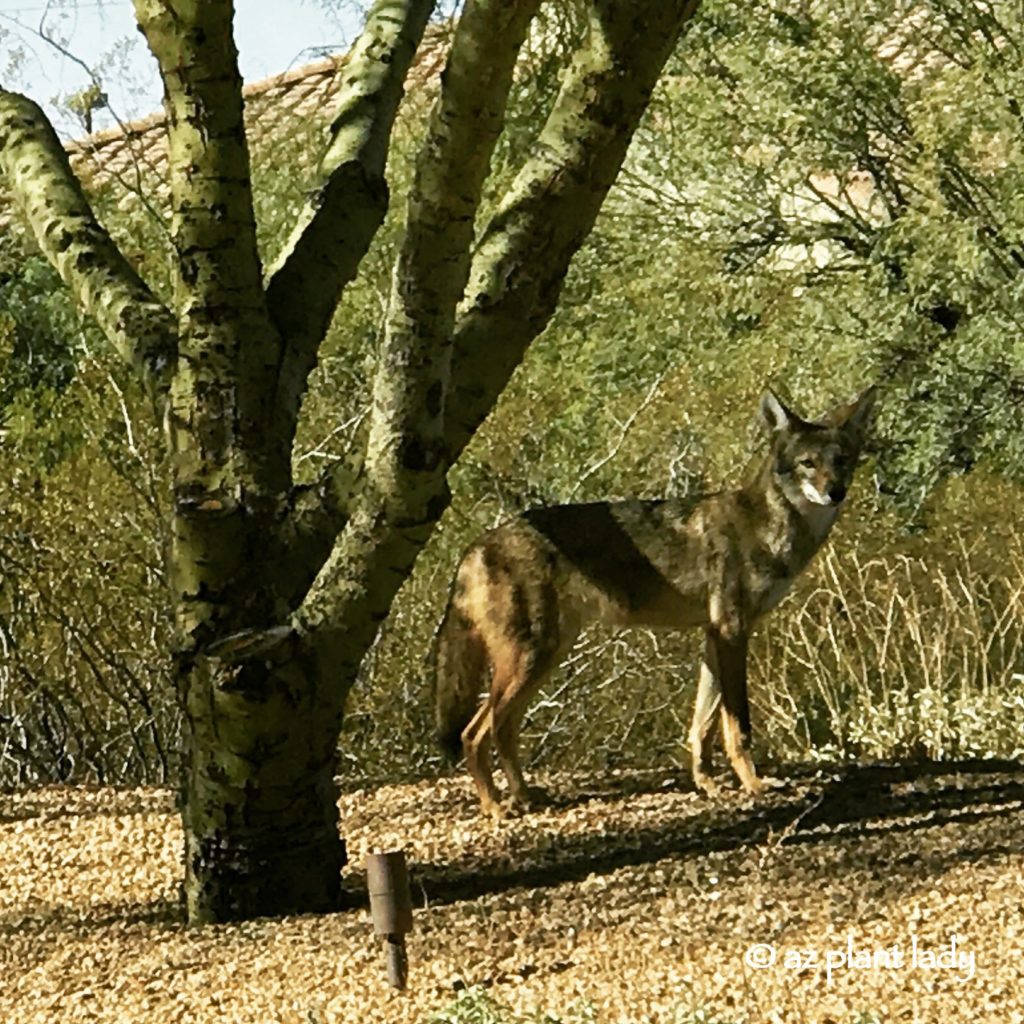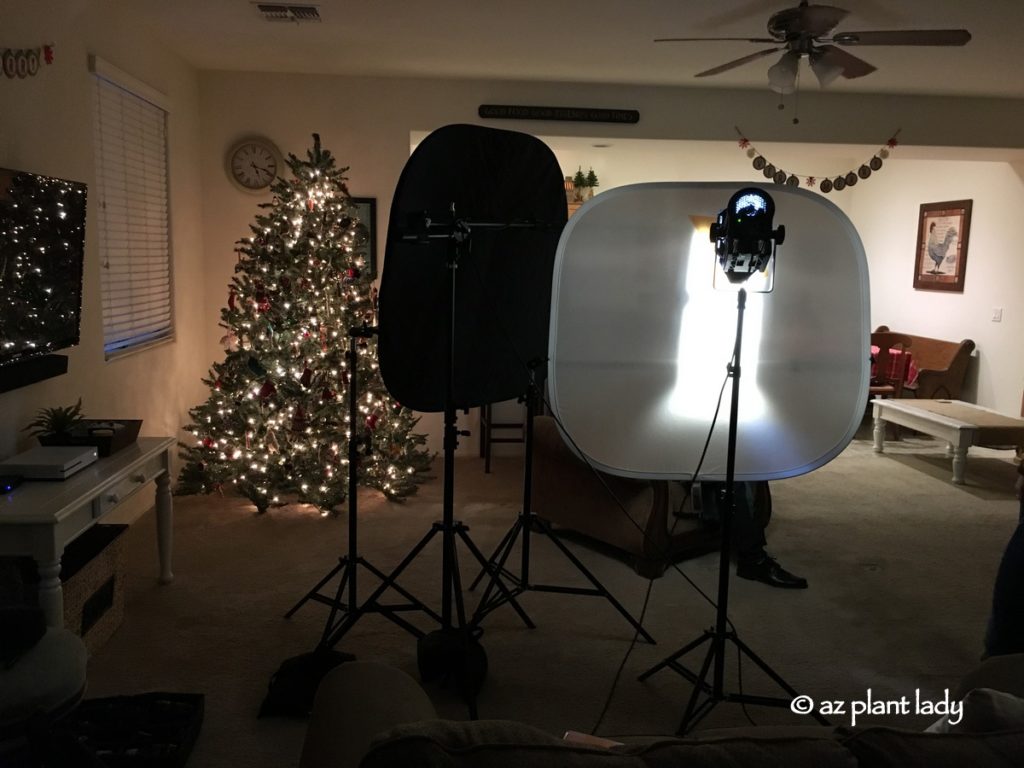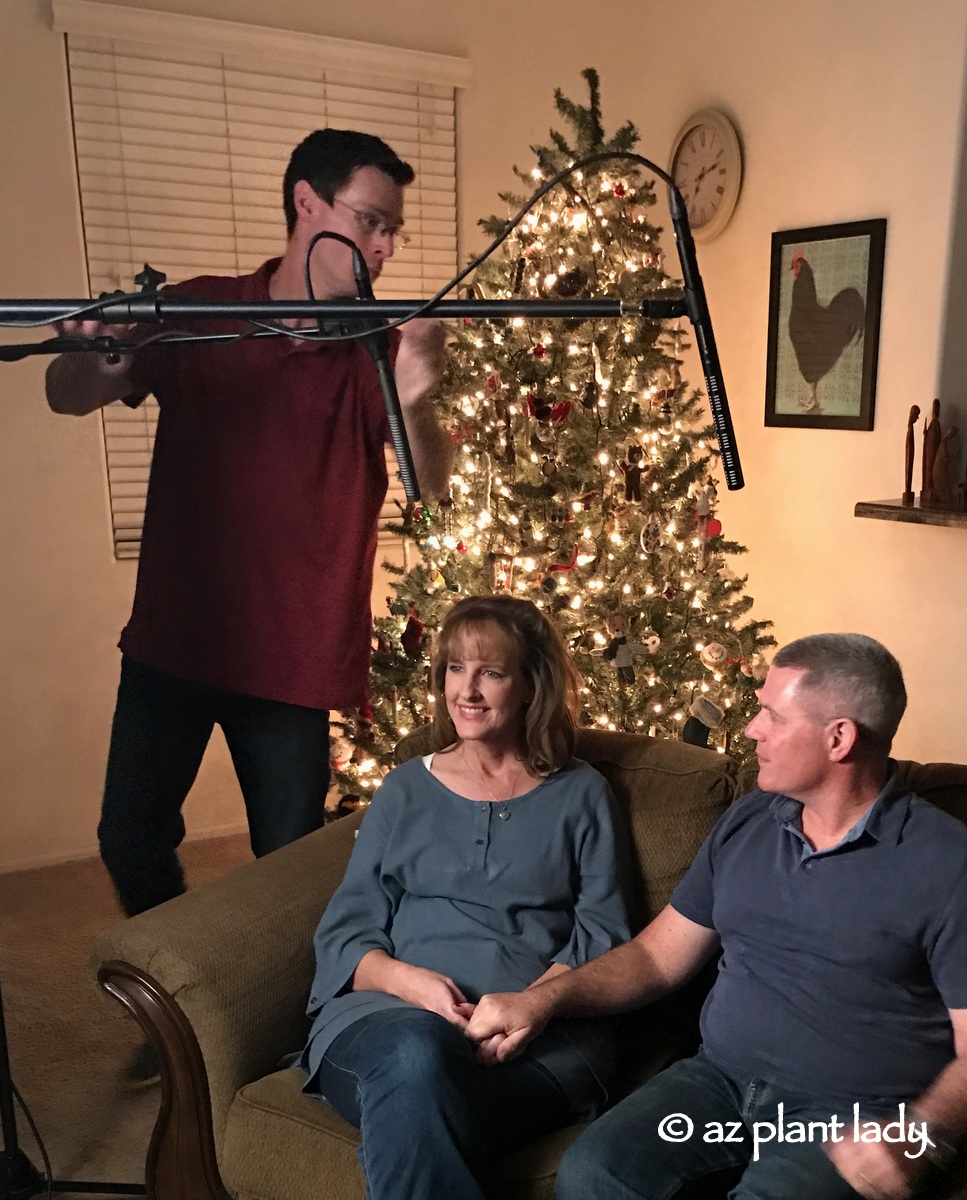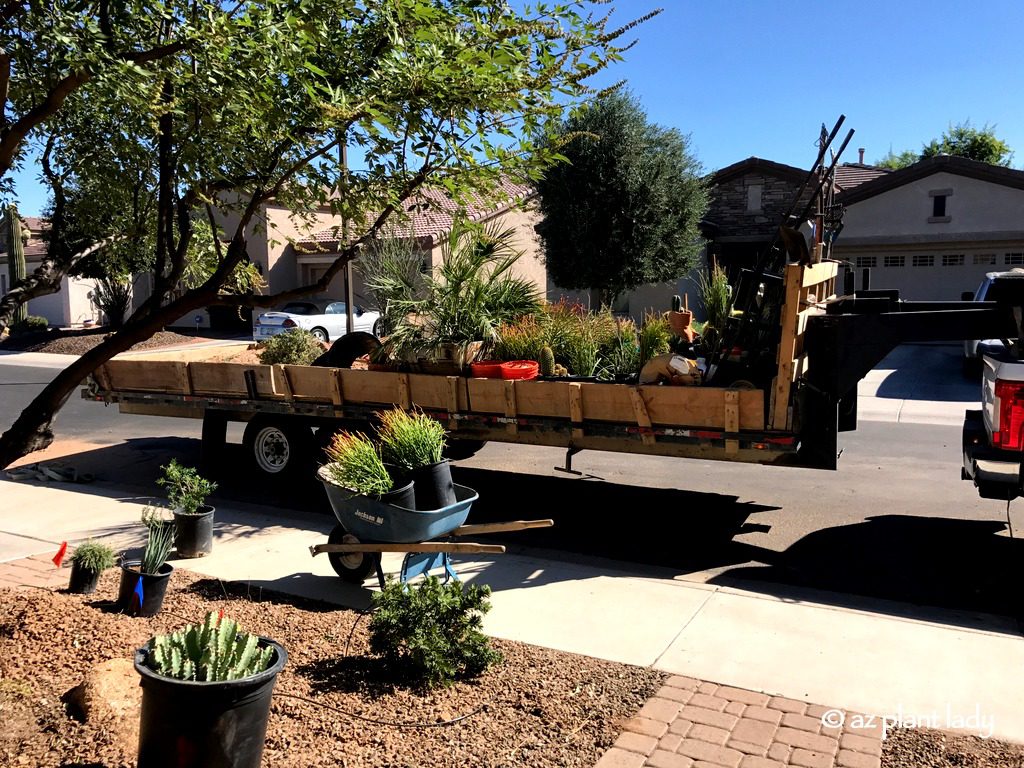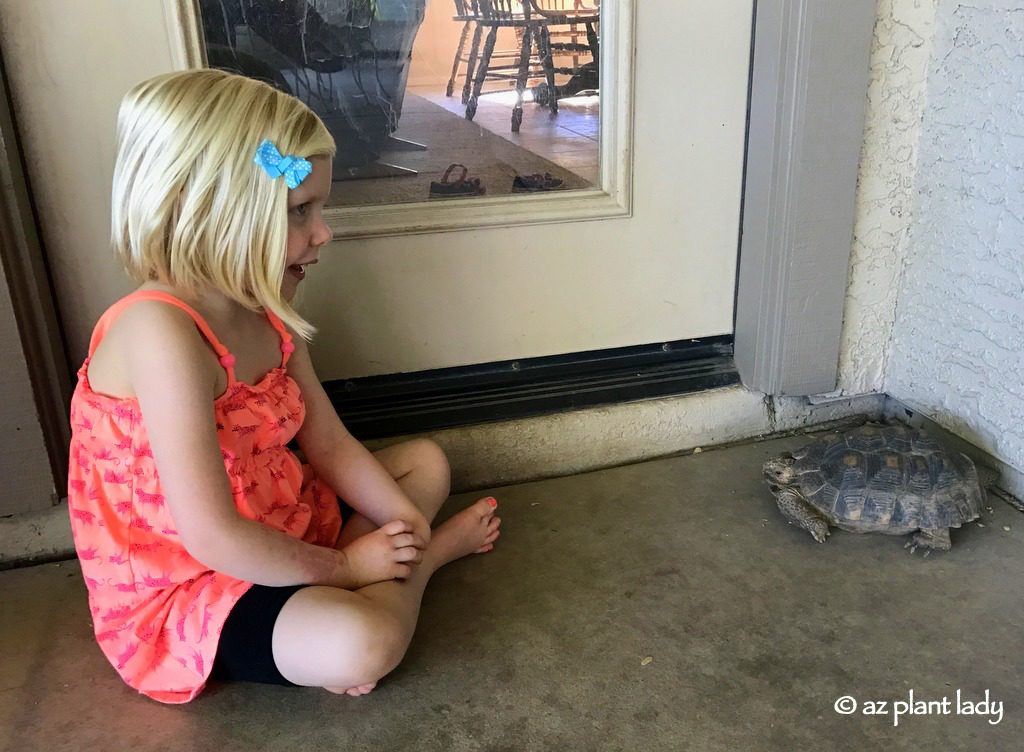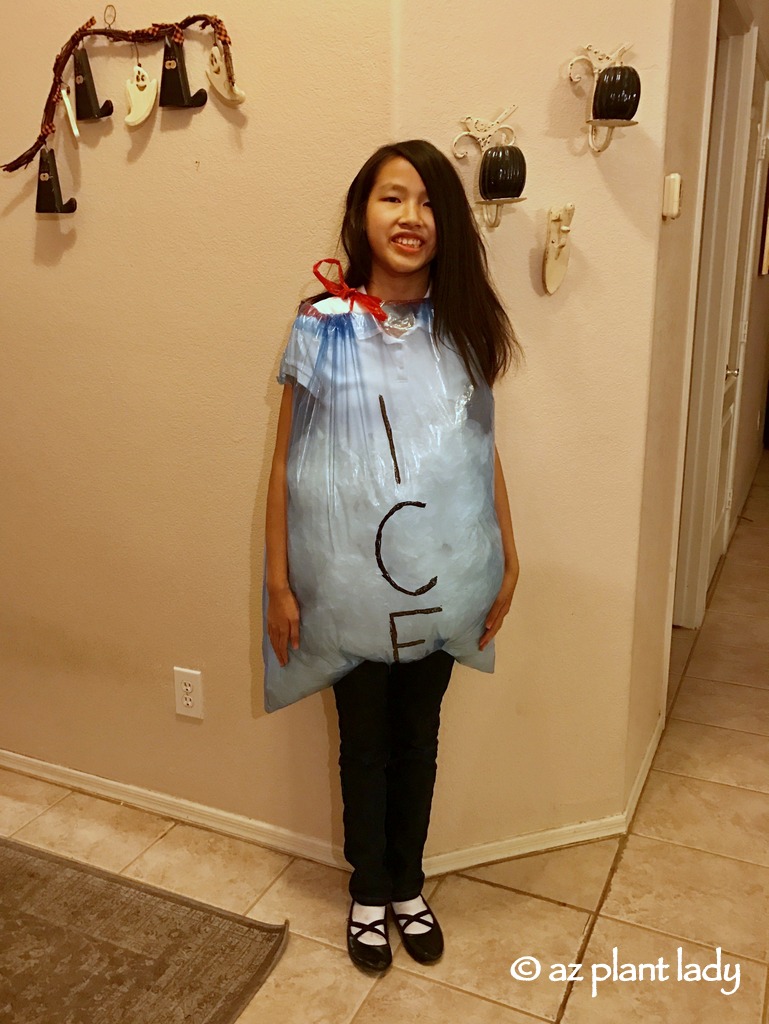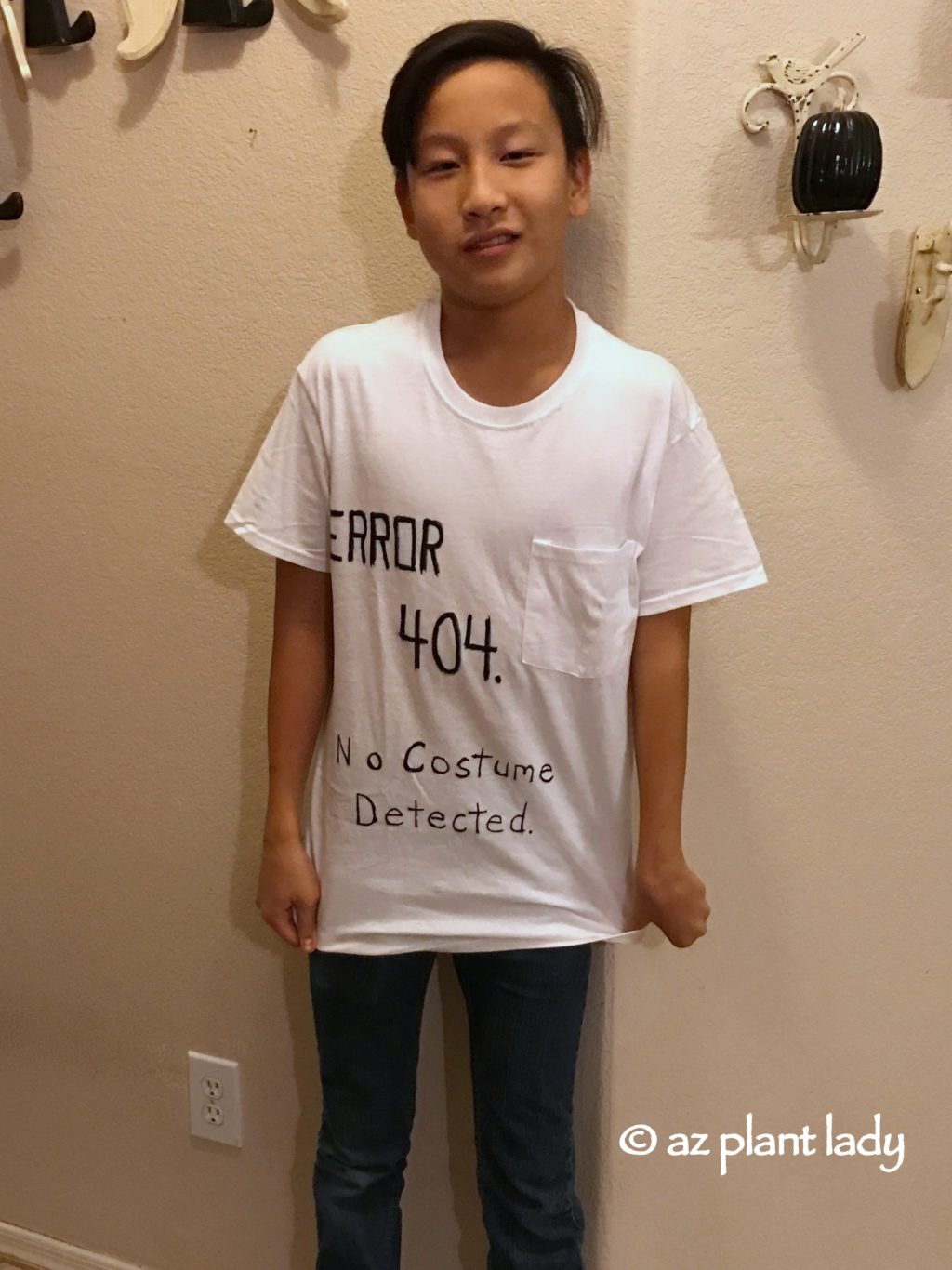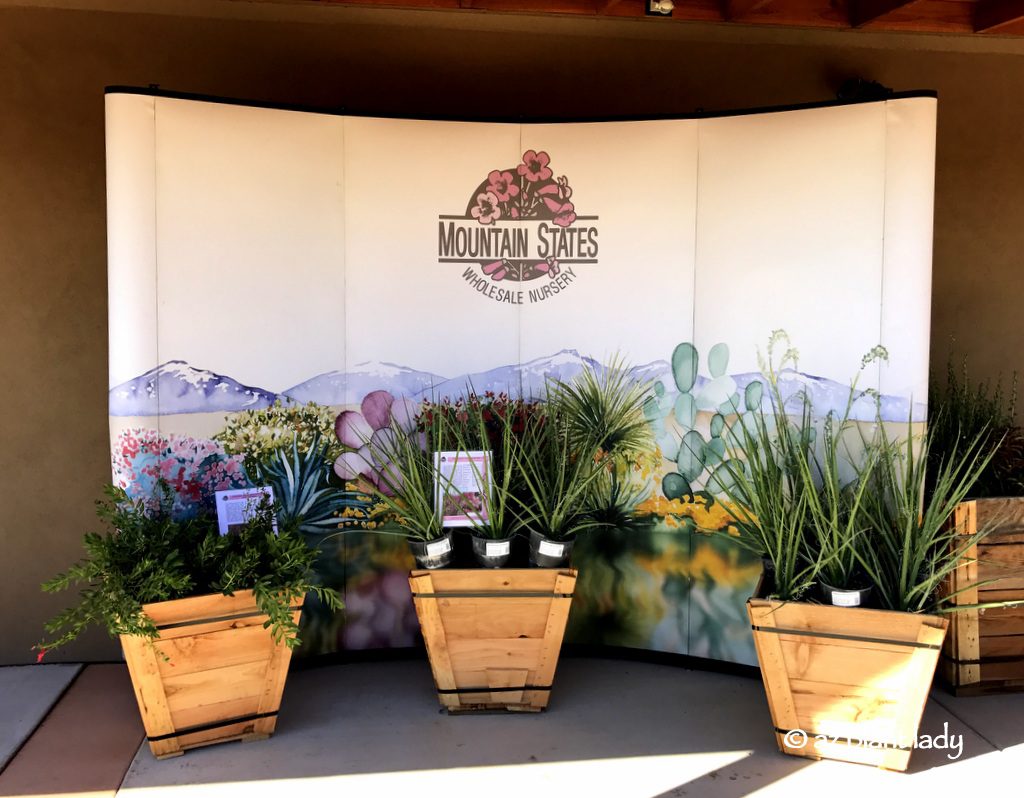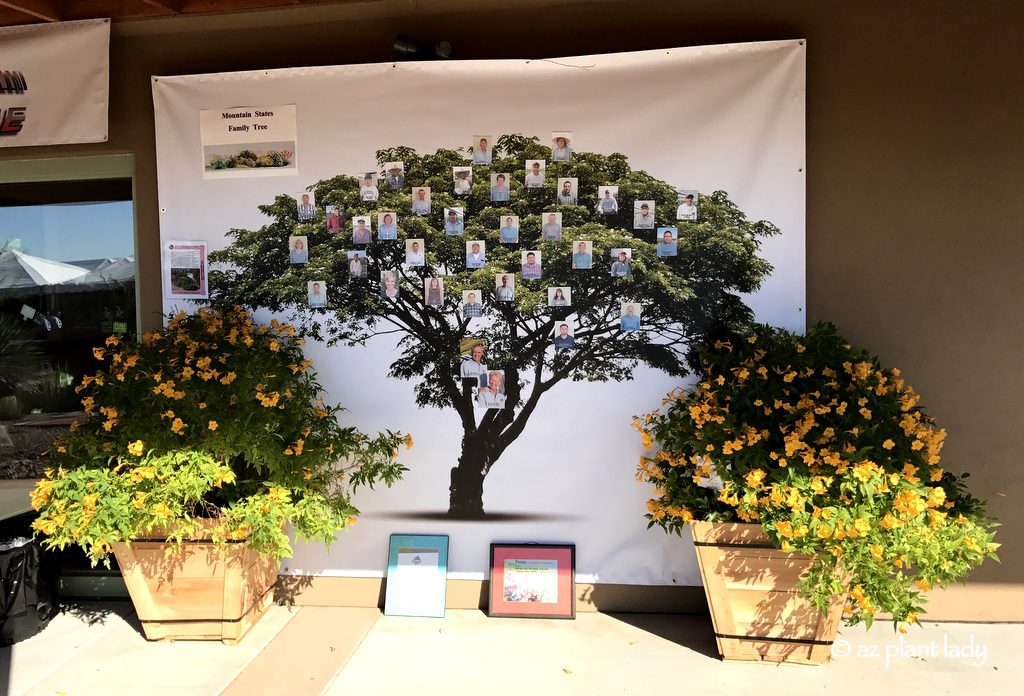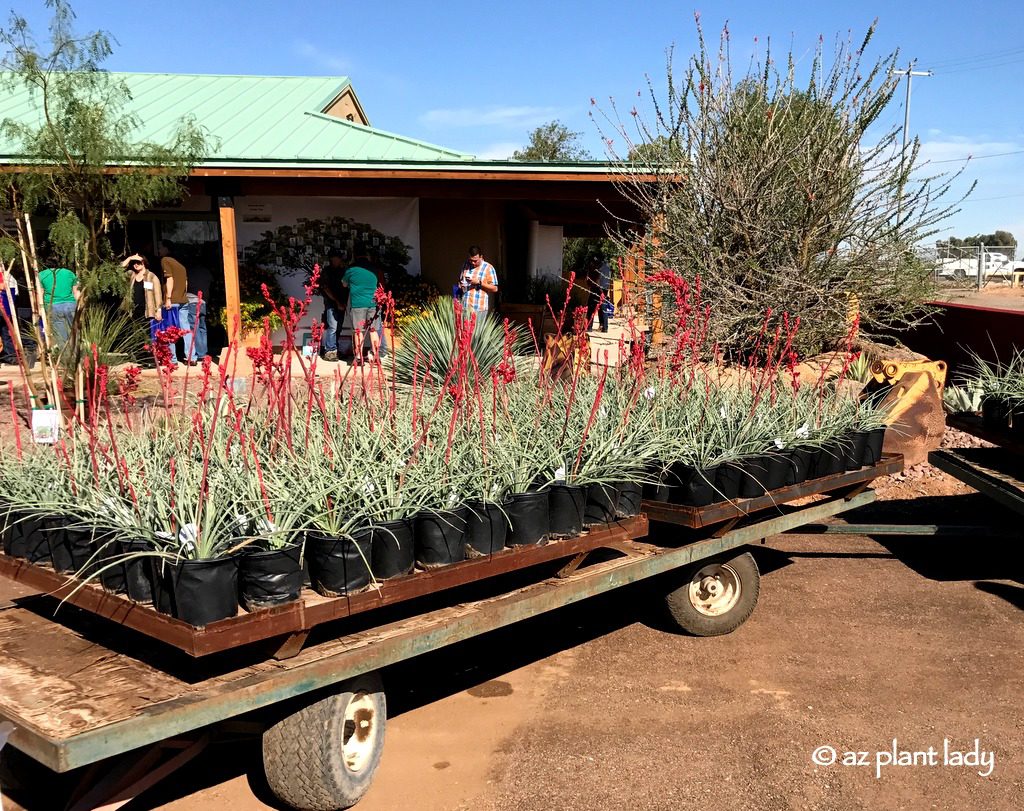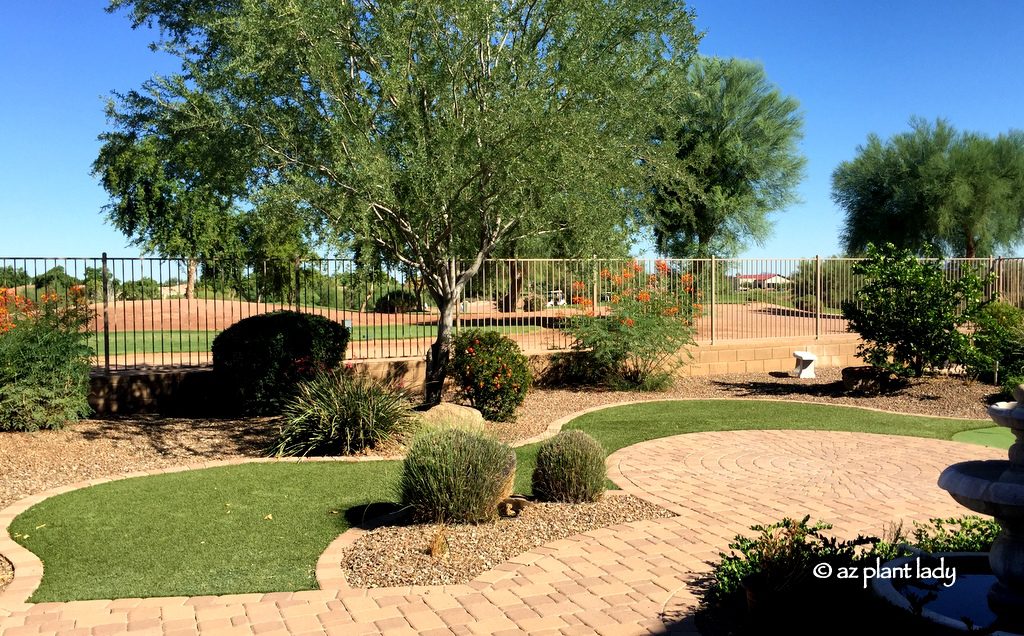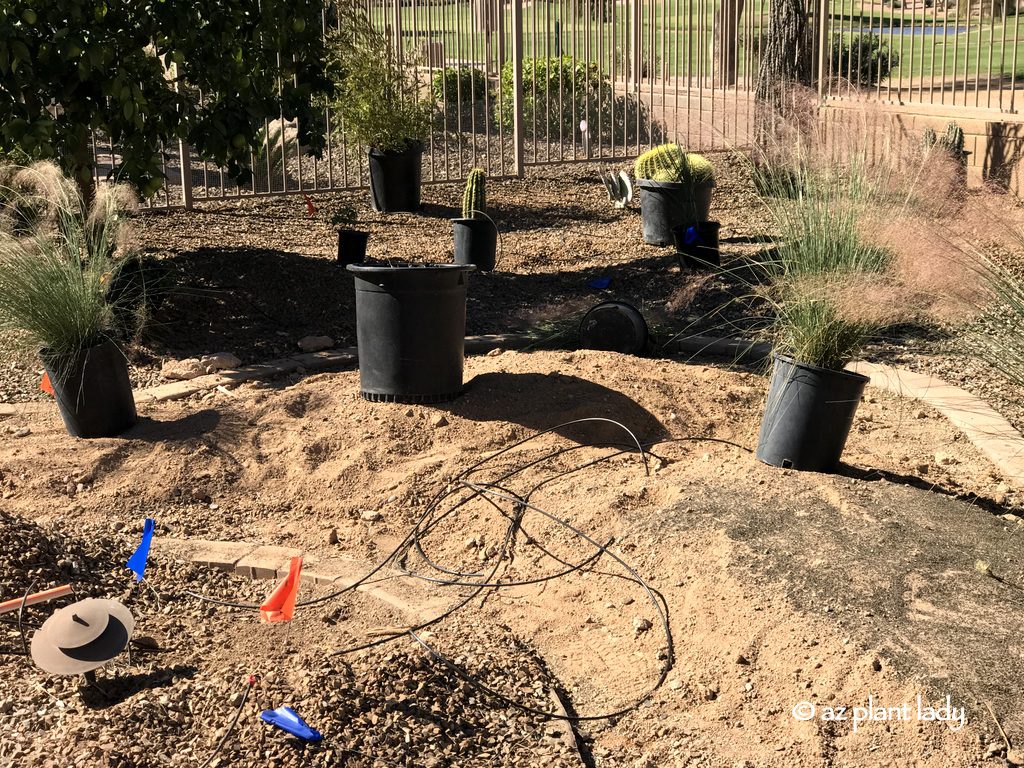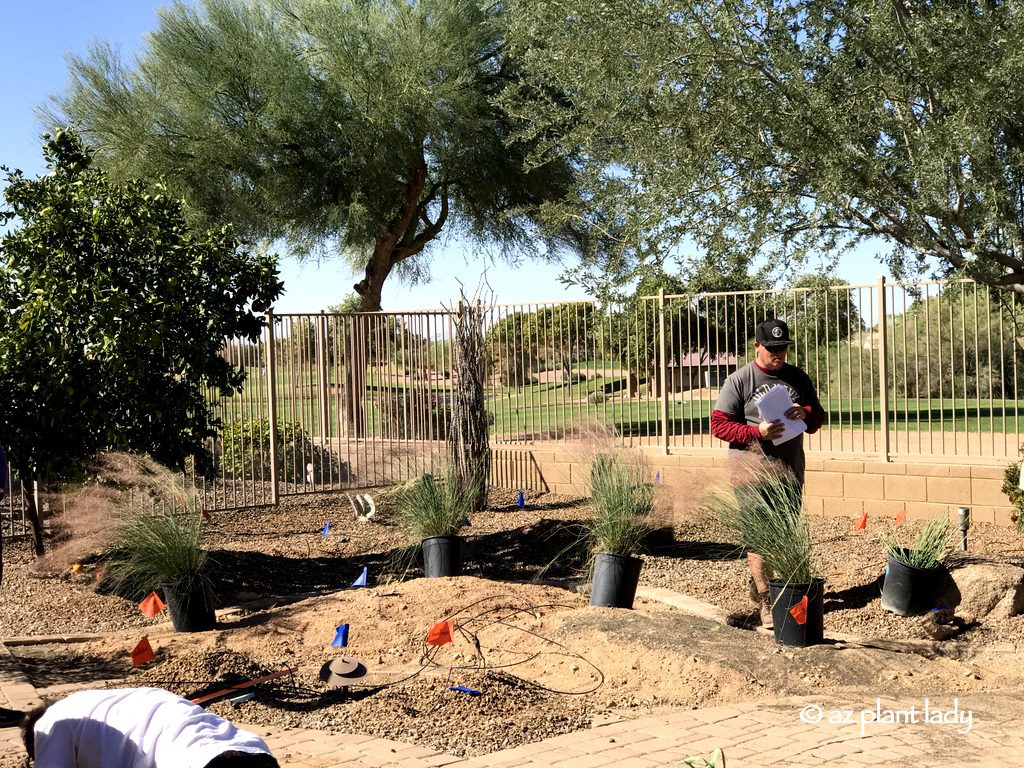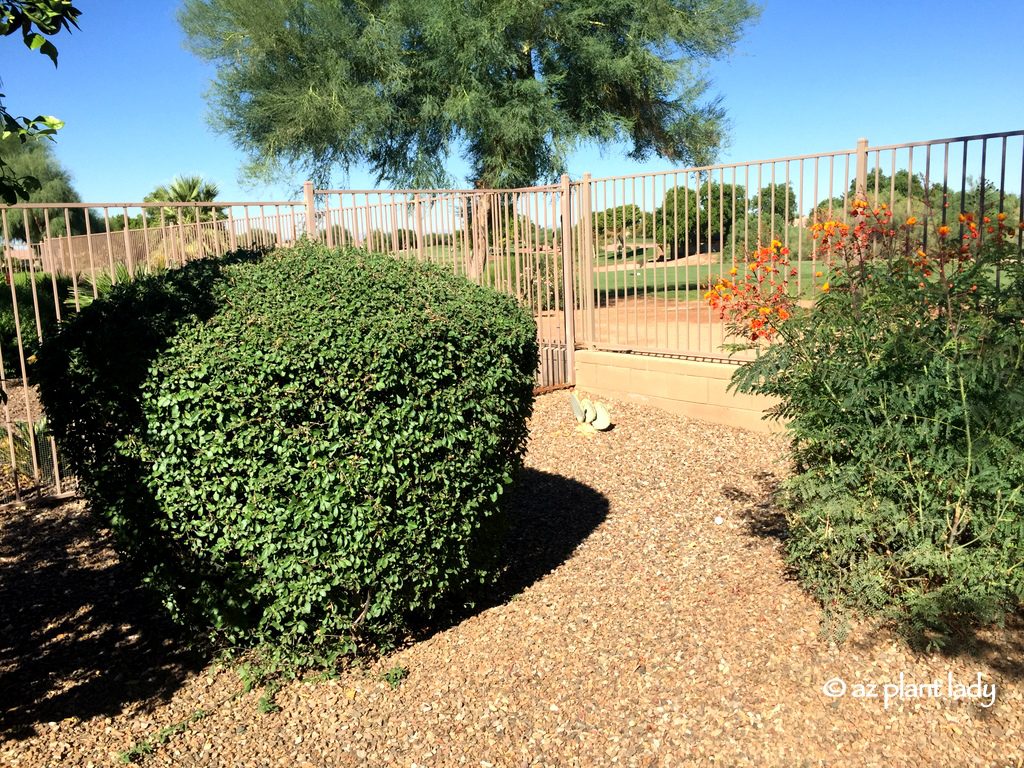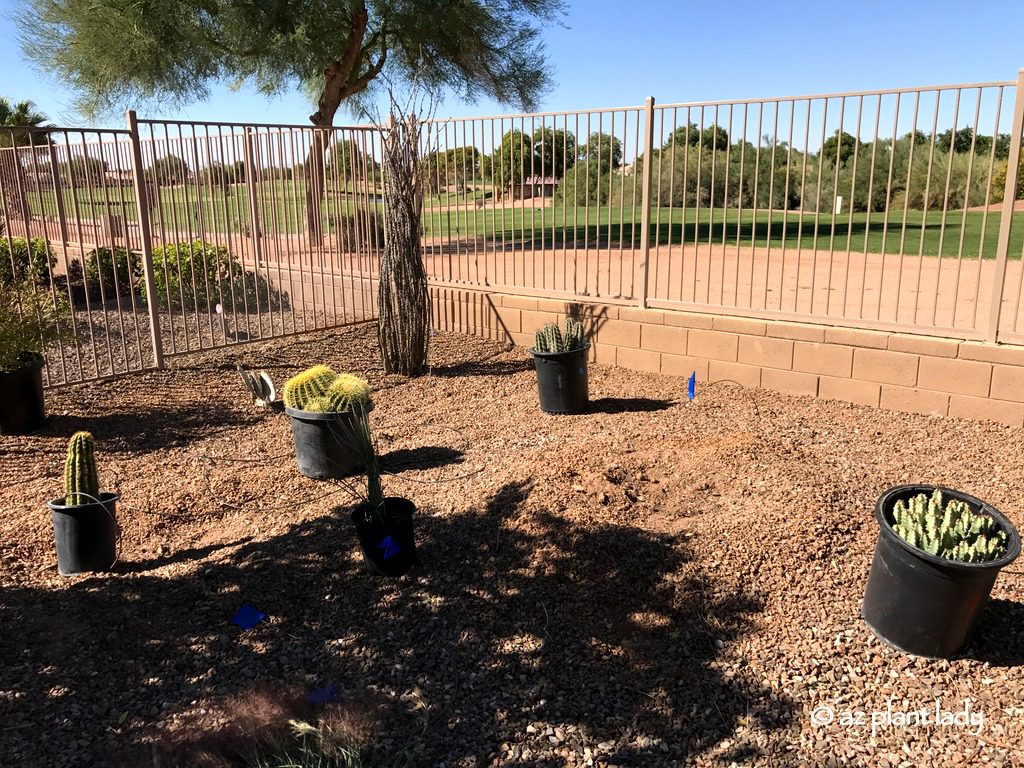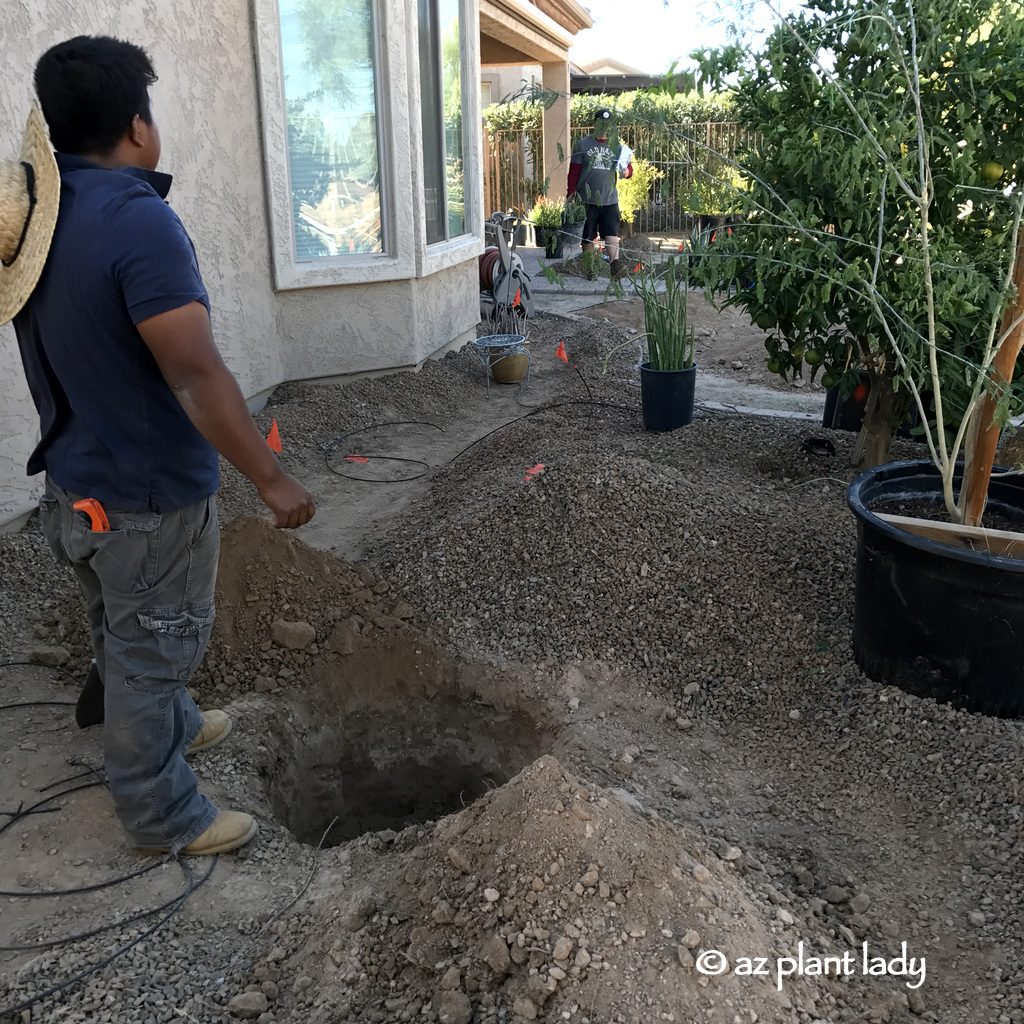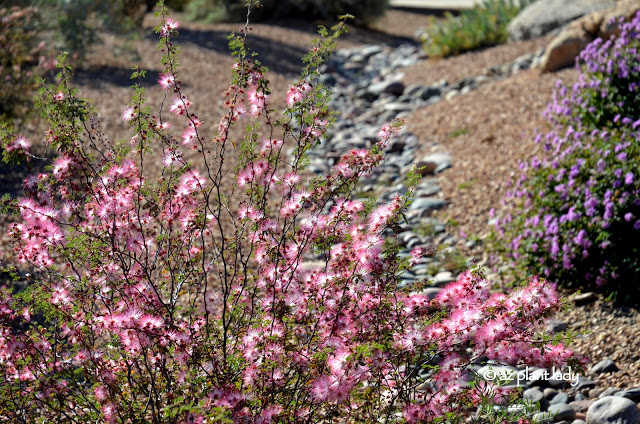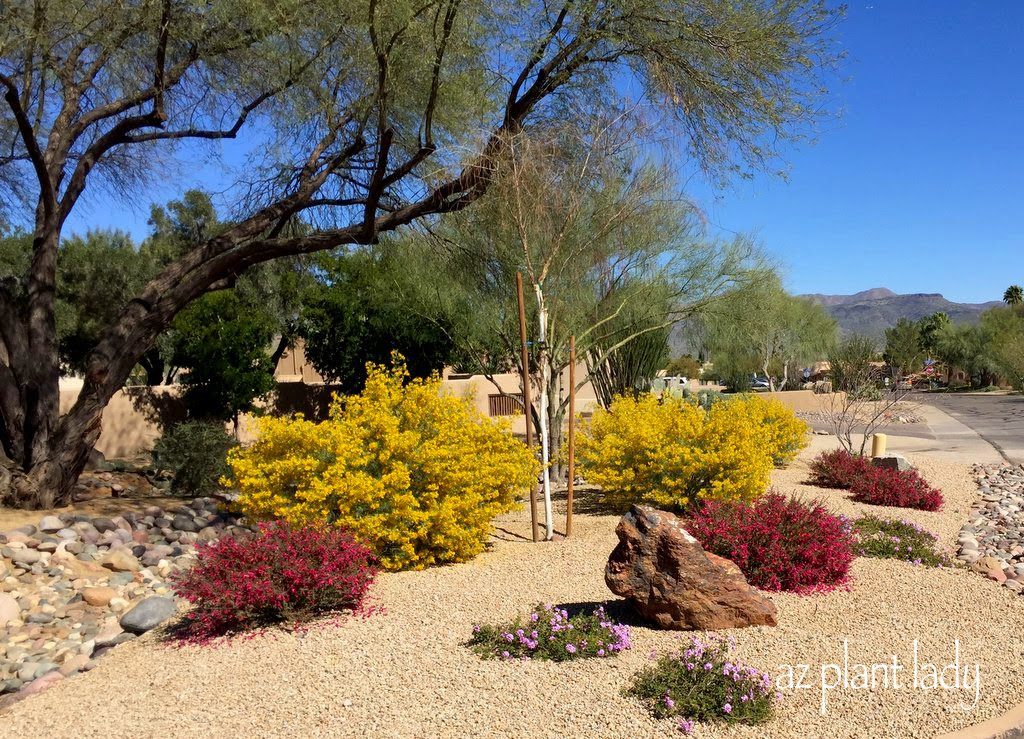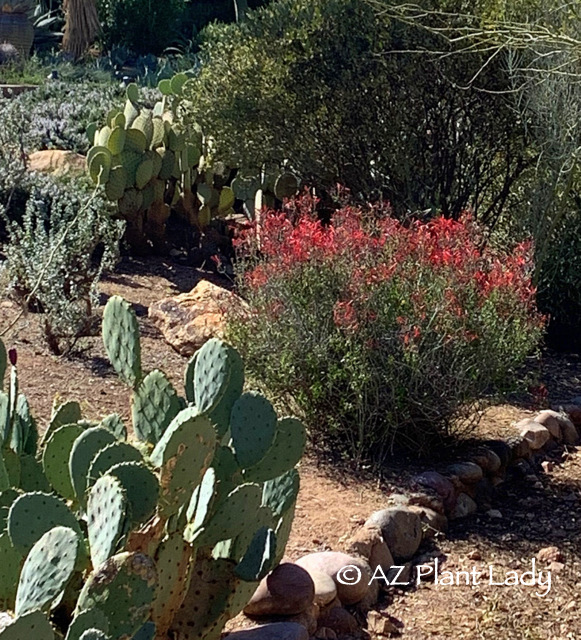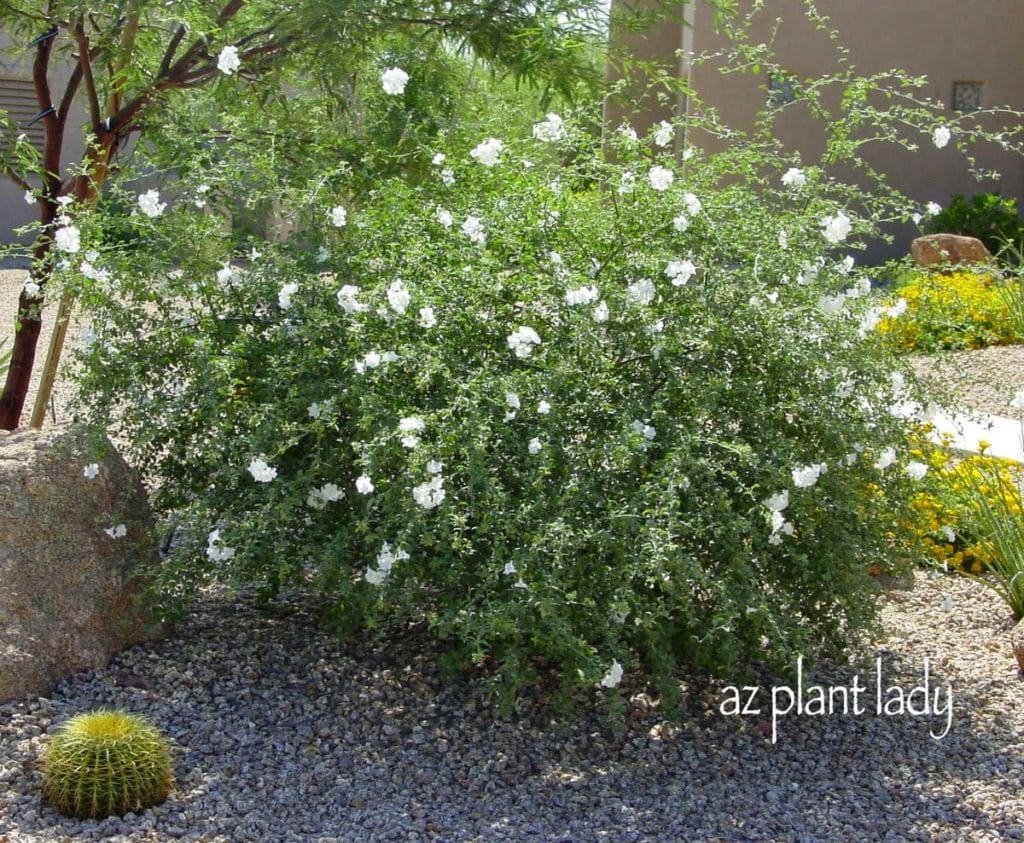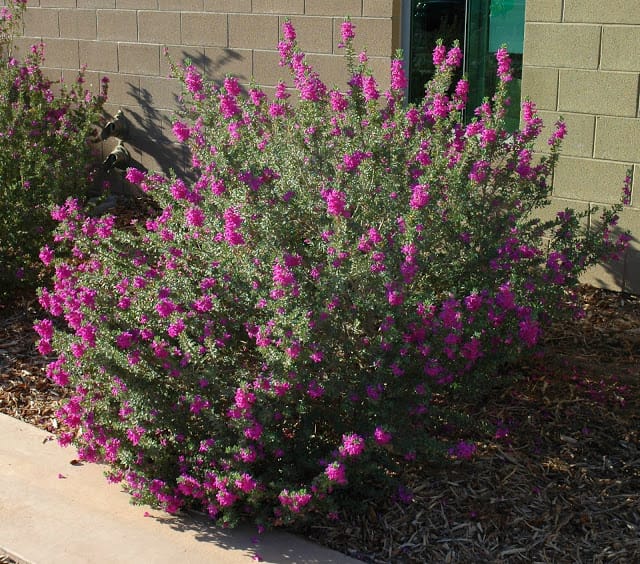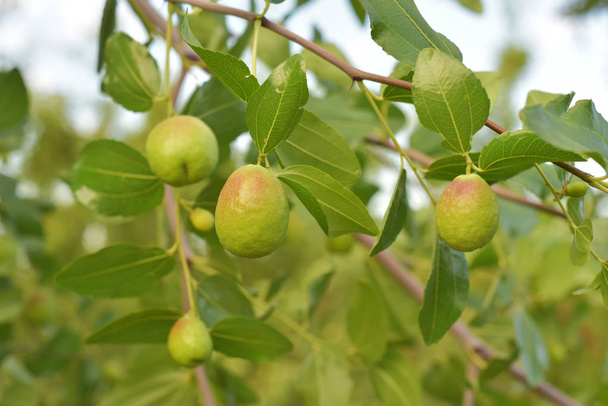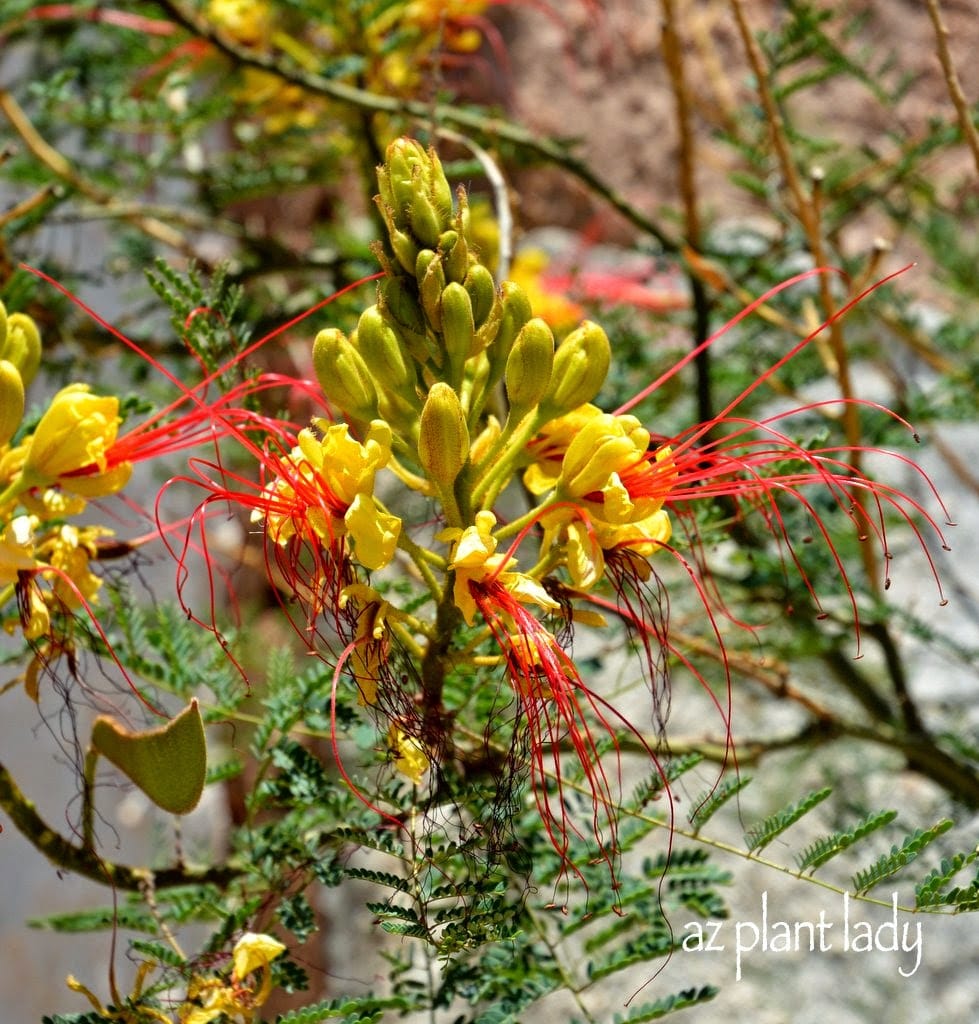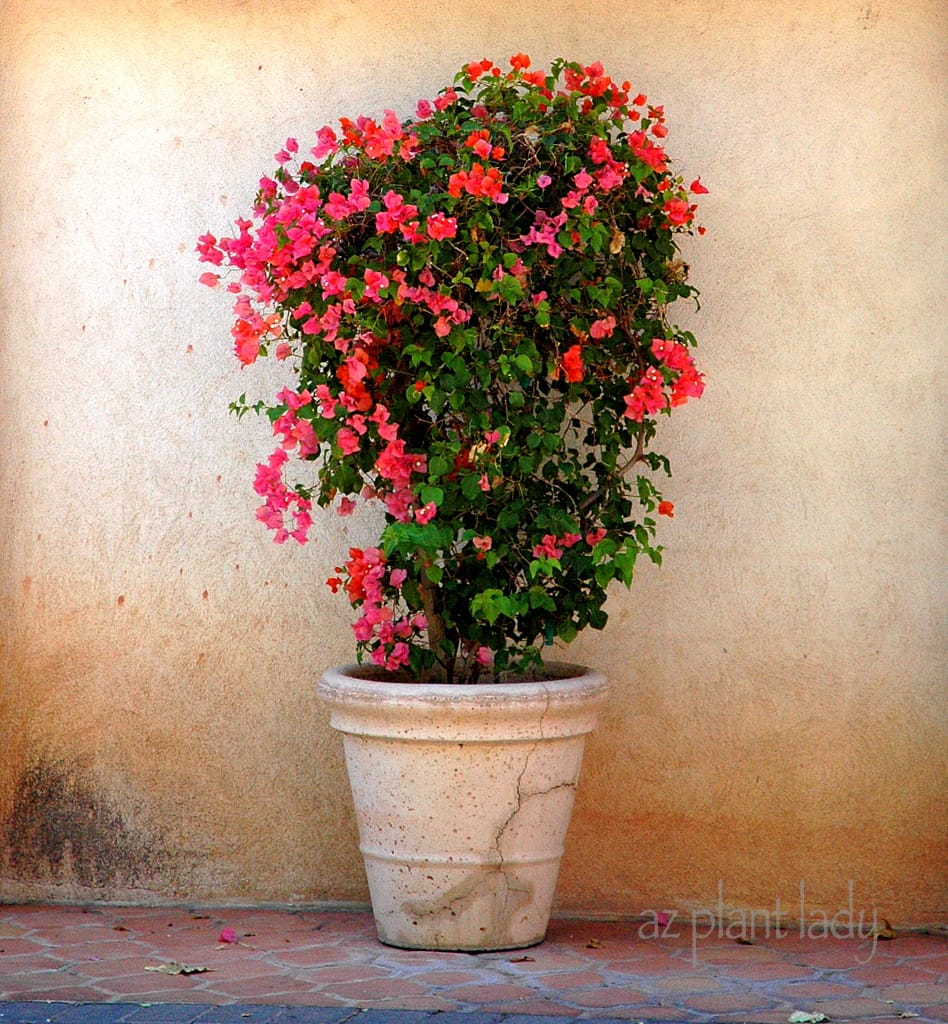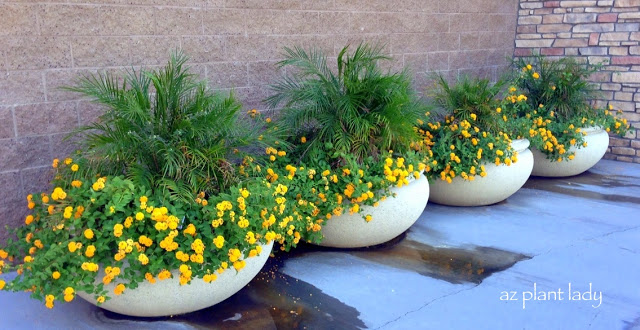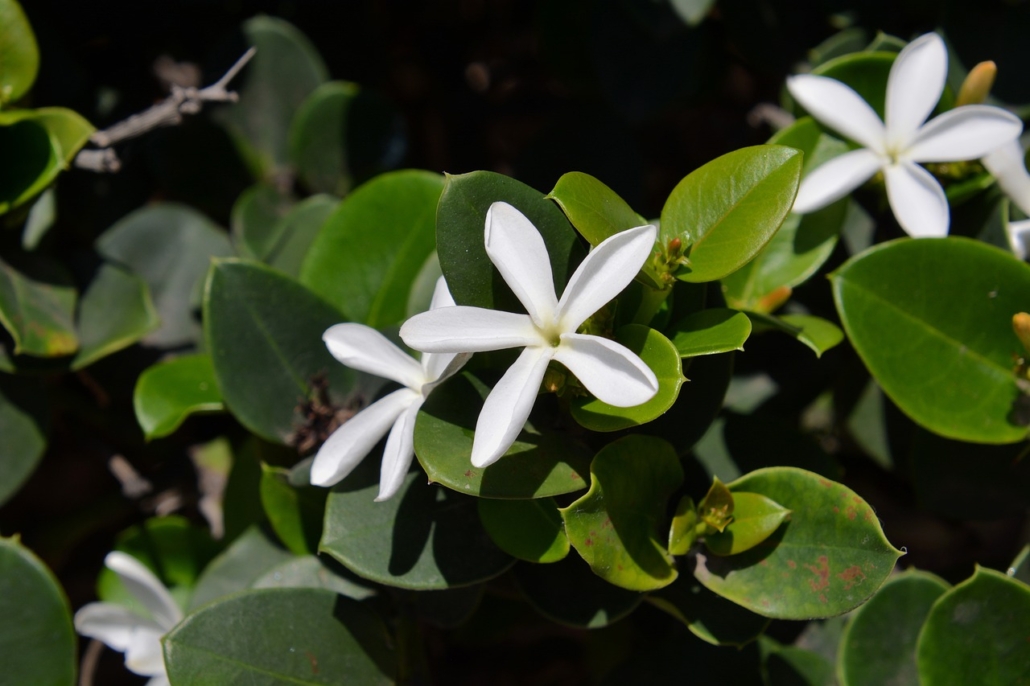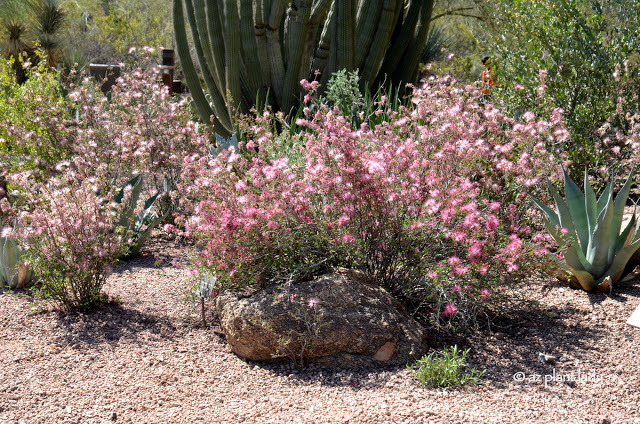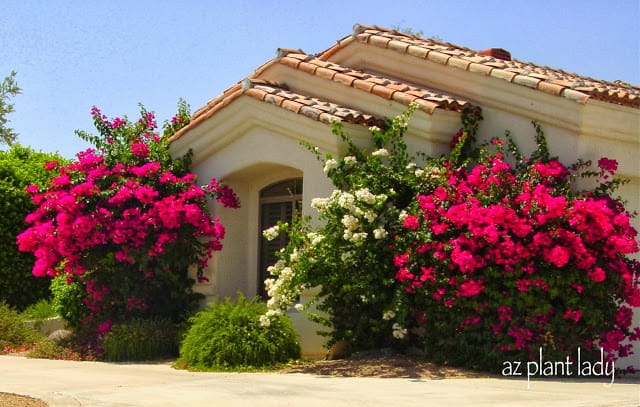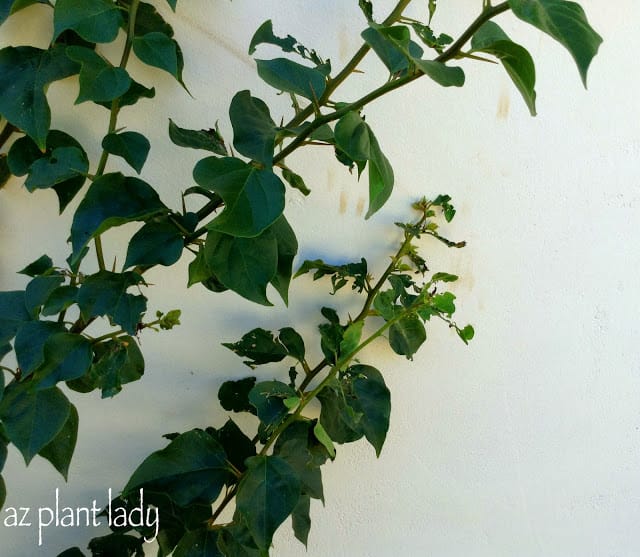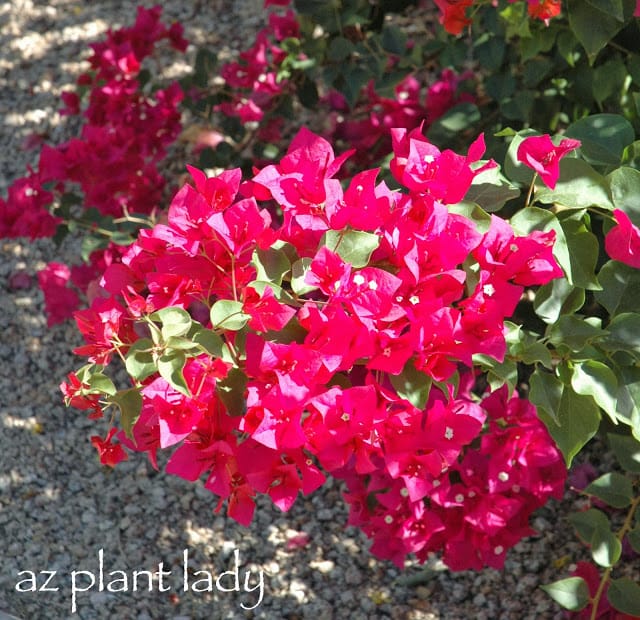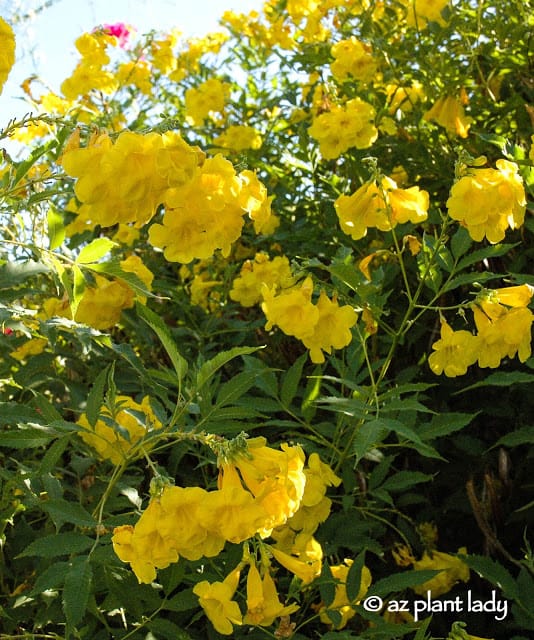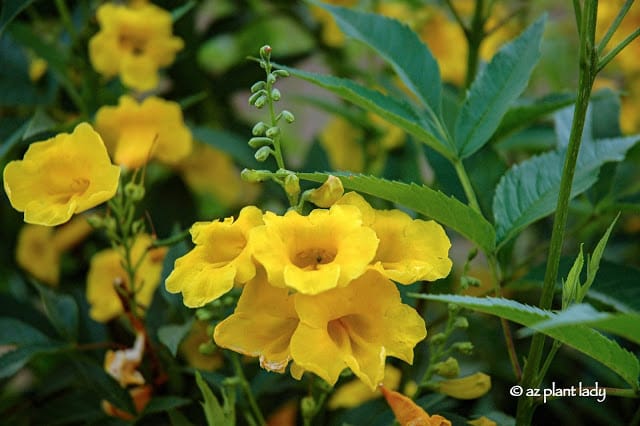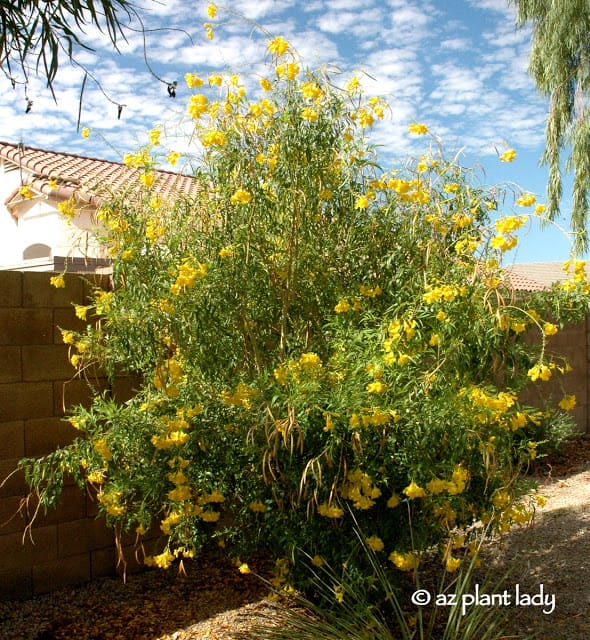Photo: Landscape Renovation Project
As a mom, grandmother, and horticulturist, the fall season is a very busy season for me. Whether I’m busy on the work site, hosting a Halloween party, or helping out my mother as she recuperates from a broken leg – there is never a dull moment.
I thought that I would show you just a snippet of the events of the past few weeks.
Photo: My mother’s orthopedist knows how to decorate his office for Halloween.
Over a month ago, my mother suffered a very badly broken leg that required surgery. My very active and independent mother has been working hard with physical therapy and her recovery, but still has a few weeks left in a wheelchair. As a result, my siblings and I have stepped in to help her where we can. One of my favorite ways to help out is to take her shopping wherever she wants to go. Of course, it helps that she and I like the same types of stores. We got into a lot of trouble in Target’s dollar section buying Christmas decorations and gifts last week.
Photo: My granddaughter Lily enjoyed talking to our desert tortoise, Aesop, during her visit to Arizona from Michigan.
Visits from my oldest daughter and her family are always a highlight for us.
Photo: My 3-month old grandson, Leo, slept through most of his first visit to Arizona.
Every year on October 31st, my siblings and their kids come over for a fun night of Halloween-themed food and trick-or-treating. It is so much fun to see the little kids get all dressed up for Halloween, including my grandson, Eric.
Photo: Eric dressed up like a ‘Minion’
While my two youngest kids are almost too old for trick-or-treating, they enjoyed dressing up and going with Eric.
Photo: Gracie was a ‘bag of ice’
Photo: Kai was a ‘computer error code’
Life hasn’t slowed down in November, which is the busiest month of the year for me as a horticulturist.
Photo: Mountain States Wholesale Nursery
A highlight of this month was a visit to an open house at one of the pre-eminent nurseries of the Southwest.
While you may not have heard of Mountain States Wholesale Nursery, you have undoubtedly seen plants that they have developed, many which may be in your own garden. Flowering shrubs such as ‘Valentine’ and ‘Blue Bells’ have their origins in the fields of this nursery as do many of the newest tecoma and desert willow species.
I spent a fun-filled day with friends and colleagues touring the facilities and getting a sneak peek at their newest plants in production. The perfect way to cap off our visit was being gifted with a new plant!
Next up on my agenda was overseeing the installation of one of my landscape projects.
Photo: Landscape Renovation, Before
My clients, who live in New York City for most of the year, spend their winters and spring in Arizona. They recently purchased a home with overgrown, excessively pruned shrubs as well as artificial grass with a putting green that they wanted to get rid of.
I initially met with them in April and put together a plan for a landscape that would reflect their style. Once they came back to Arizona in November, they asked me to come out and oversee the installation.
A mixture of pink muhly (Muhlenbergia capillaris) and artichoke agave (Agave parryi ‘truncata’) are being planted in the area formerly covered by artificial turf.
Many of the old shrubs were removed as was the fake grass. Contouring was added to help add height and interest to the formerly flat backyard landscape.
Matt, is the landscape contractor, who I refer many of my clients too. He has the uncanny ability to find the biggest, best plants – he holds his sources close to his chest, but as long as my clients are happy, so am I.
I must admit that I am sorely tempted to grab one of his specimen cactus or succulents for my own garden.
Photo: Landscape Renovation, Before
The client wanted an area for a cactus garden. So, we took out the shrubs in this corner and added cactus.
Photo: Landscape Renovation, AFTER
The saguaro cactus isn’t in place yet, but soon will be. Our goal was to add several different types of cactus and succulents that the client liked, including beavertail, candelilla, golden barrel, Moroccan mound, and torch cactus. An ocotillo anchors the corner and will eventually leaf out and flower, which usually occurs about a year after planting.
Photo: A palo blanco (Acacia willardiana) tree will soften this area without outgrowing this area.
It is so rewarding to be a part of the process of homeowner’s landscape be renovated into a space that will provide them with years of enjoyment.
Despite the busyness this fall season, I am getting excited for the upcoming holiday season. How about you? What is keeping you busy this fall?
